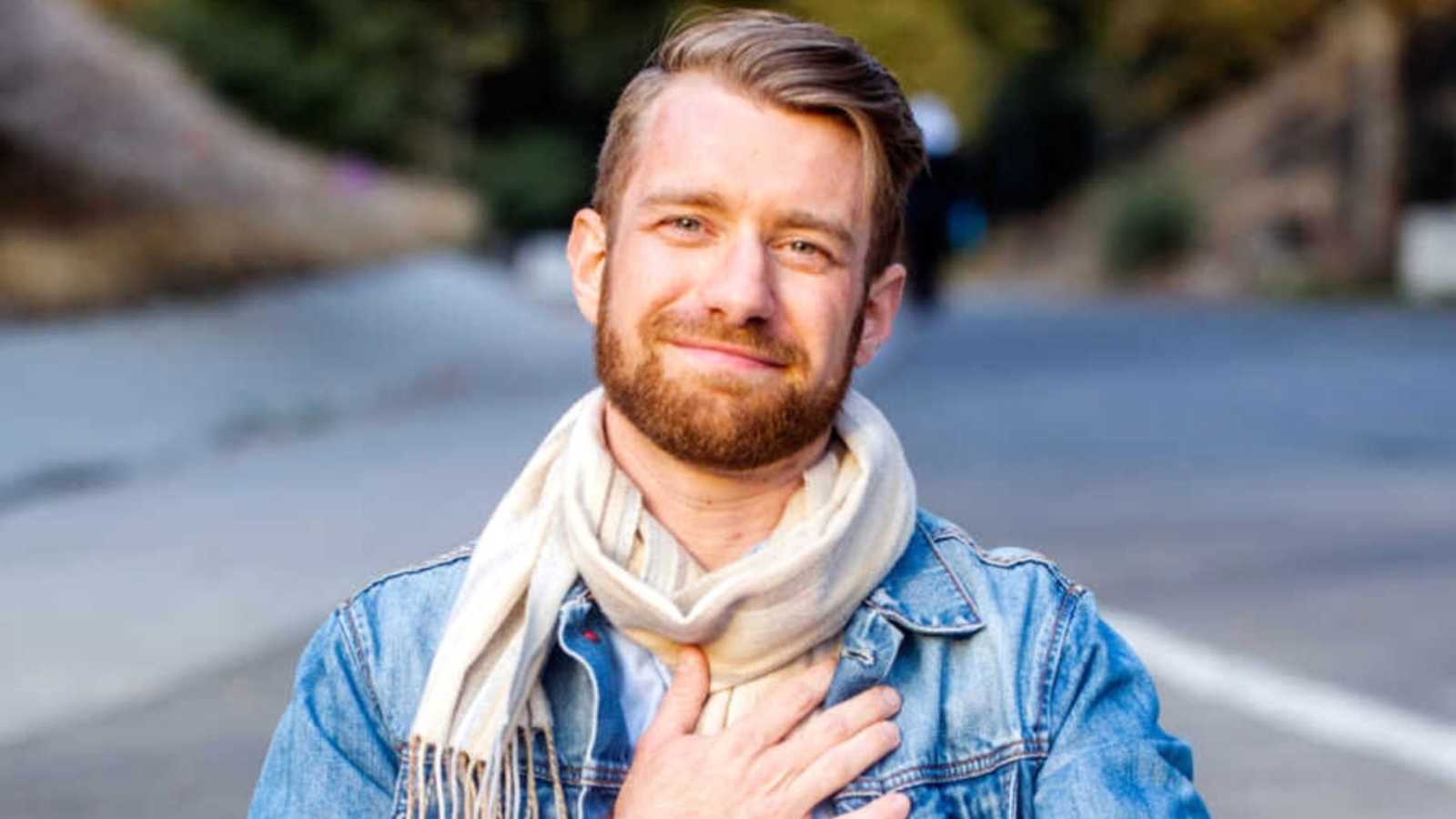“Hi, I’m Charlie. I’m a speaker, coach, and musical artist. I’m also blind. When I was 5 years old, I was diagnosed with retinitis pigmentosa (RP). The disease runs in my family and causes me to lose my peripheral vision progressively over time. I now see like looking through a tiny straw. RP also causes me to have night blindness and severe sensitivity to light.
When I was growing up, the culture in my house was more about being partially sighted or having bad vision rather than being blind. Blind was almost a dirty word… you know, nobody ever used this word. It was just never spoken. I think a lot of this comes from my mom because she has the same condition I do (and so does my older sister). My mom always treated it as something that caused her to have worse vision than most people, but I never heard her refer to her condition as blindness. This was always a taboo way of looking at it.
So when I was growing up, I never really considered myself blind. I considered myself to have low vision or visual challenges. But I didn’t even use the word blind to describe myself until age 15. At 15, I was declared legally blind by my doctors. I wasn’t allowed to get my driver’s license and my parents immediately got me mobility training, which teaches you how to properly use a blind cane. I always think the term ‘legally blind’ is interesting, because when you really break it down, it means according to the law, I am a fully blind person. So according to any legal system, I am blind—this is what it actually means. But to most people, when they hear me call myself blind, they’re often confused. I have a very small amount of vision remaining, which to many would mean I have a visual impairment.
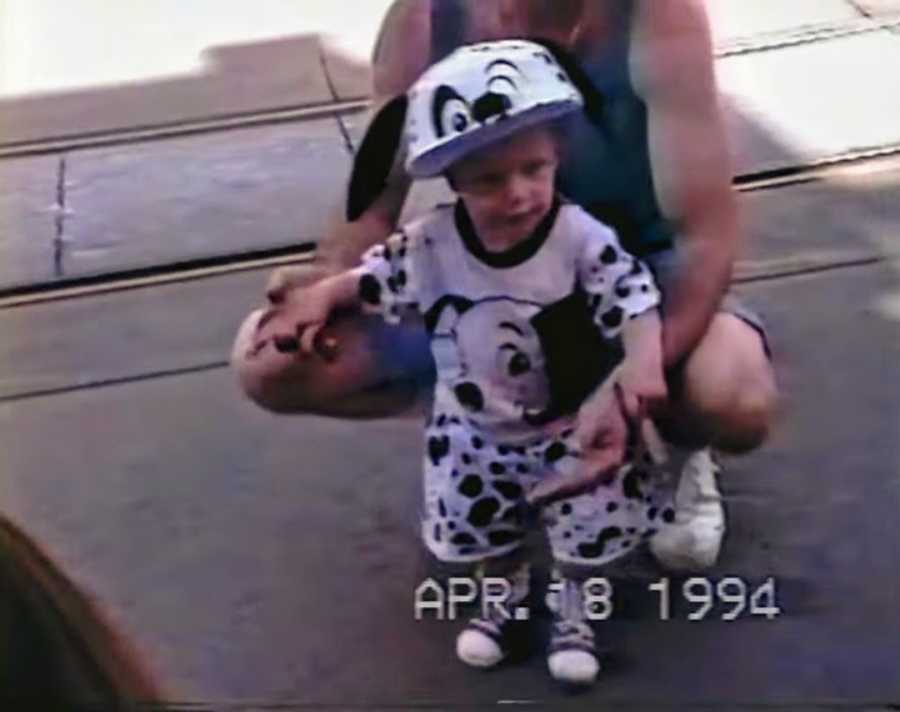
But, the majority of blind people have the ability to see some small amount, whether it be shapes, colors, or through a small window like I do. In reality, I have more vision loss than I do sight. I was always brought up thinking the opposite, I have more sight than I have less of, which is because my parents are amazing, positive people. But, this also caused me a lot of personal confusion and emotional challenges around my blindness.
I always say the hardest part about having a disability is not the disability itself—it’s the mental, emotional, and spiritual challenges that come along with being disabled. I don’t blame my parents for raising me the way they did. They truly set me up for success. But growing up thinking I had more eyesight than I do meant I was afraid of being who I truly am.

I was afraid of being ‘the blind person,’ afraid of being different. What most people don’t understand is blindness is a spectrum. There are many ways to be blind, many types of blindness, and there is no ‘one-size-fits-all’ cure to how to deal with your blindness. I began connecting with the word blind when I started to take ownership of who I actually am and what I’m dealing with. When I accepted I’m more than just partially sighted, the vision I had for my life and future became far more clear and full of light. The truth is, I need to use a blind cane every day. And once I accepted this and put it into daily practice, everything shifted. Blind and blindness turned from dirty words into powerful words. Now, saying I’m blind is a giant ‘hell yeah!’ I’m proud of who I am—no matter if it’s a little bit broken, or a bit different than someone else’s journey.
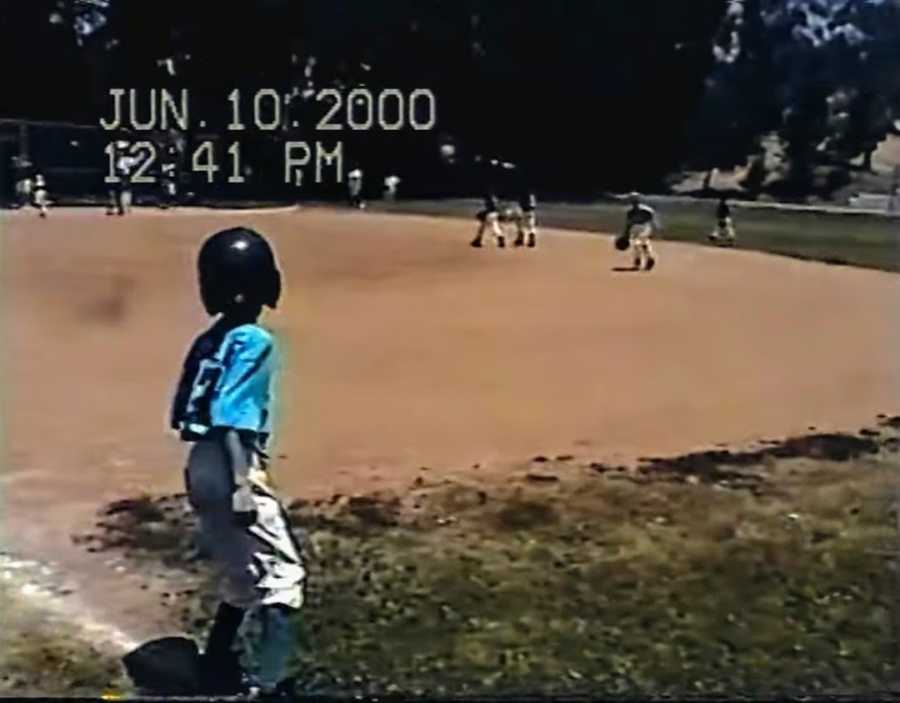
When I was younger, I would only use my blind cane when it meant I got special treatment. Even though I enjoyed the special treatment, I also had a lingering feeling of guilt and shame, because I could still navigate the world decently well without my blind cane at the time. But ‘pretty well’ doesn’t mean great, and I definitely should have been using my cane on a more consistent basis. I would always use my cane somewhere like Disneyland, which would get me on all of the rides through the exits. It was like my magic wand that allowed me to skip the line. It’s pretty awesome, honestly, because it evens out for the fact I can’t see all of the world around me. But I didn’t want to be treated special all the time when I was younger, especially while I had convinced myself I was still a ‘normal’ person, not blind. But really, I wasn’t taking advantage of anything. I needed to use those accommodations because if not I would have hurt myself or even hurt others.
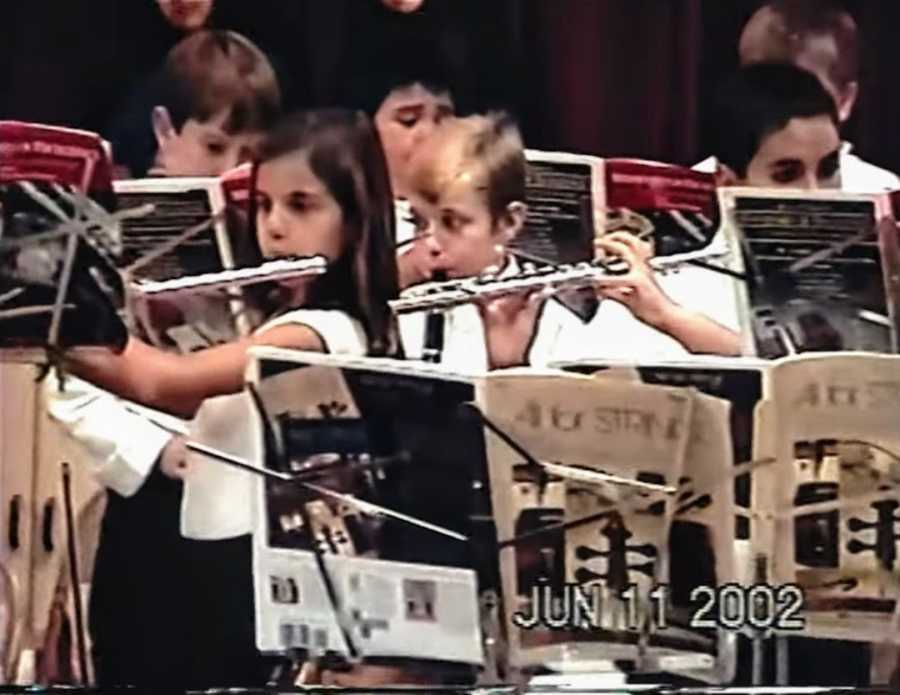
Accepting support in my life has been valuable and important, especially when it came to my cane. The shame is still there at times—it never goes away completely. I did gain the strength, the ability, and the understanding to know those emotions don’t belong and are not welcome in my life any longer. The truth is the world was built for non-disabled people. And we, as disabled people, wouldn’t be considered disabled if we were given the tools we needed to function normally in society. If the world was built for blind people, then sighted folks would be the ones considered disabled. Using my cane is not about preferential treatment, it’s what I use to navigate a world built for sighted people. Even more interesting to me is the only reason it’s called a disability is my blindness is visible to others.
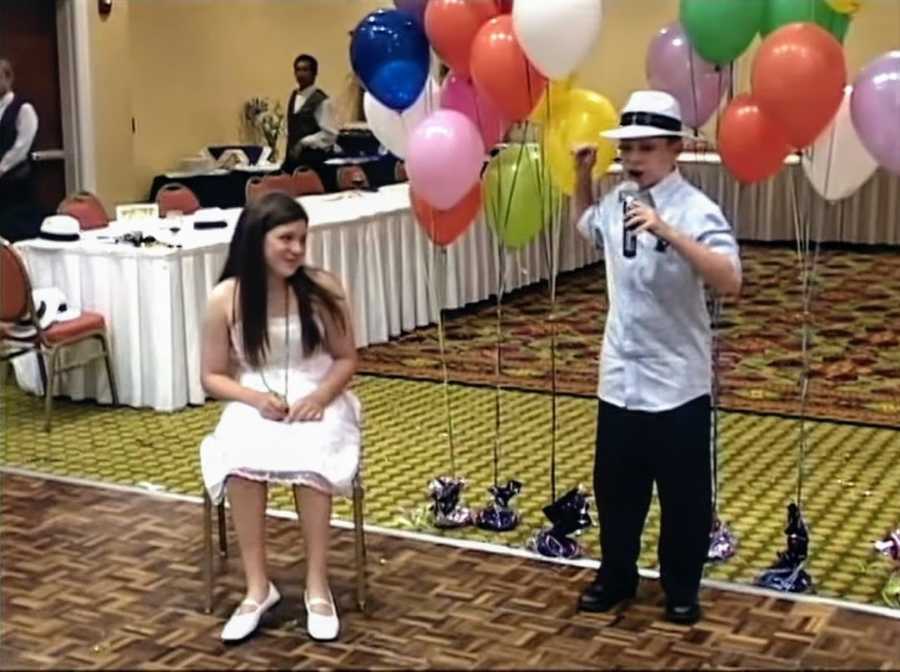
When I use my blind cane, people automatically have the thought, ‘He’s disabled.’ If someone’s in a wheelchair, they’re disabled. If you can see someone who has Down syndrome or has a hearing aid, you automatically register them as disabled in your mind. But if you don’t see someone with a hearing aid, wheelchair, or blind cane, would you know they’re disabled? How would you treat them differently if you acted based on how they made you feel rather than what you saw?
My journey in the last few years has been centered on owning and accepting my disability is visible. Because for a long time, my blindness was invisible. When I didn’t use my blind cane, I got to choose who I shared this invisible aspect of my life with. But now, the whole world gets to see it. Now everyone knows I’m blind. And I like it better this way. There’s no hiding anything, everyone gets to see exactly who I am.

But I do believe there is a problem in society. People often believe what they see, and not what they feel. I want to help people believe what they feel more than what they see. Because physical reality is not all of reality. The emotional and spiritual landscapes inside of our bodies are so interconnected. Connection to your heart is so important. Your heart and your brain have a deep connection. The more you can connect them and bring them into harmony, the better you’re able to interact with the world and create more happiness, more love, more light, and more acceptance for yourself and others. All of this is encompassed within what I call inner vision. You can think of it as your connection to your inner world, your relationship with yourself, and with the universe as a whole.
The closer you become to your inner vision, the more happiness, kindness, joy, and love can be fostered in your life. And I don’t believe I would have ever realized any of this without having my eyesight as limited as it is. This is why my blindness is a blessing—because it has taught me how to feel instead of see, how to live a life connected to my purpose rather than the goals, dreams, and beliefs I would have seen surrounding me If I was fully sighted. Despite all of the pain, I am so grateful to be who I am, grateful to be blind. Grateful to be Charlie.”
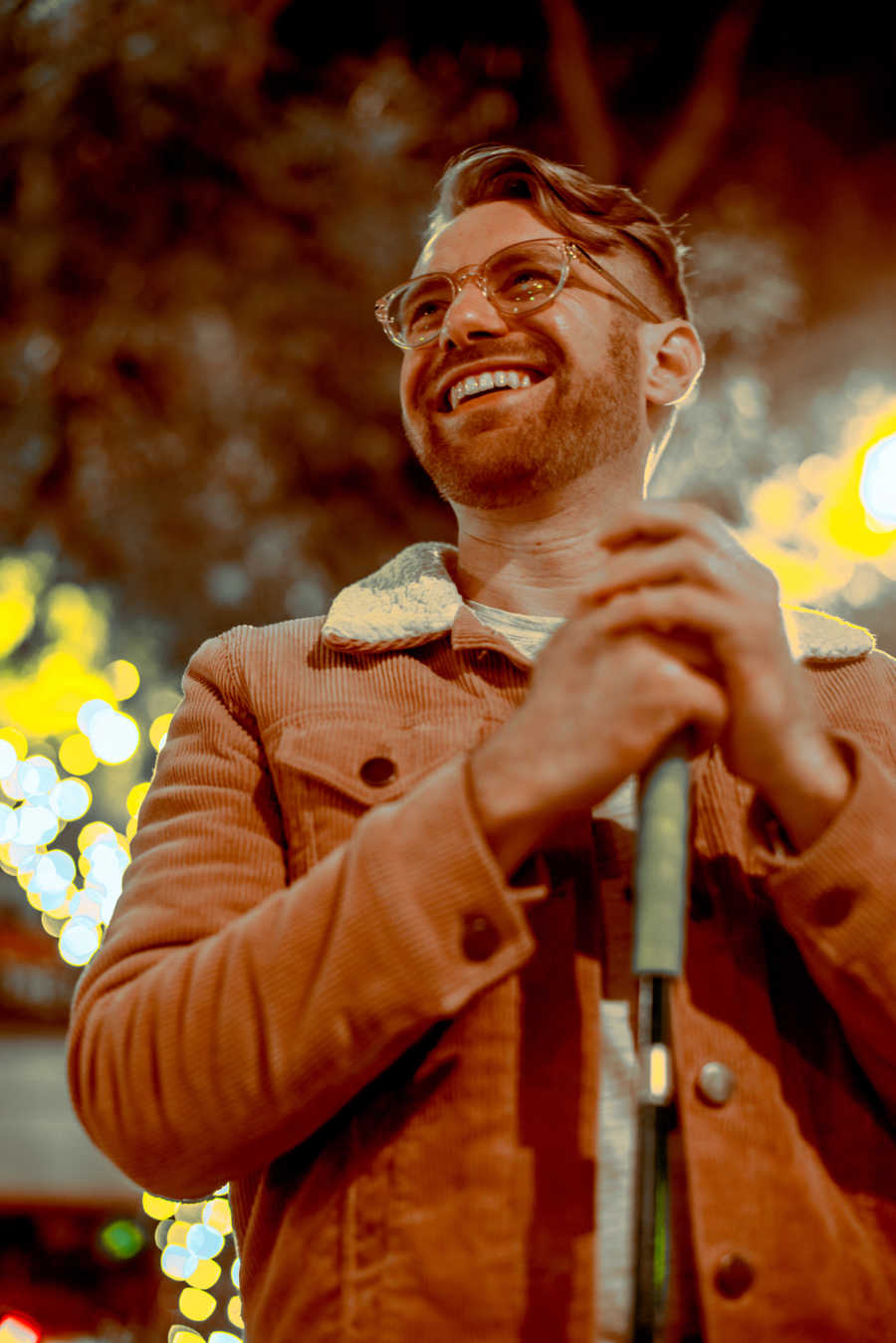
This story was submitted to Love What Matters by Charlie Kramer of Los Angeles, California. You can follow his journey on Instagram, TikTok, and his website. Submit your own story here, and be sure to subscribe to our free email newsletter for our best stories, and YouTube for our best videos.
Read more stories like this:
Please SHARE this story on Facebook to encourage others to live life to the fullest.

